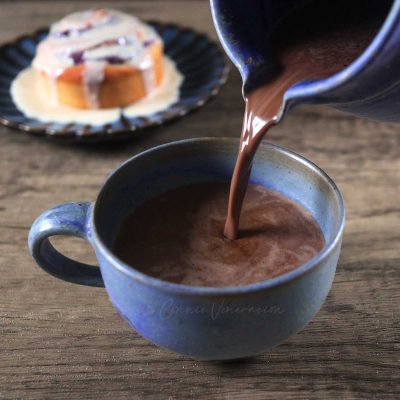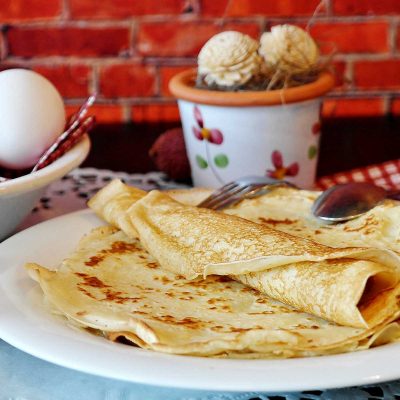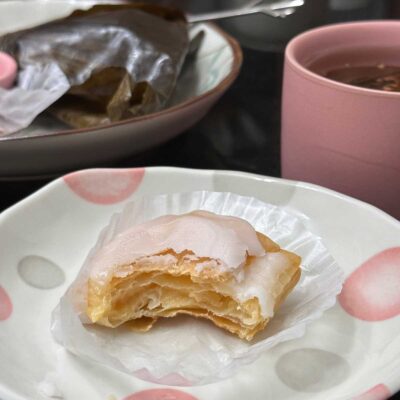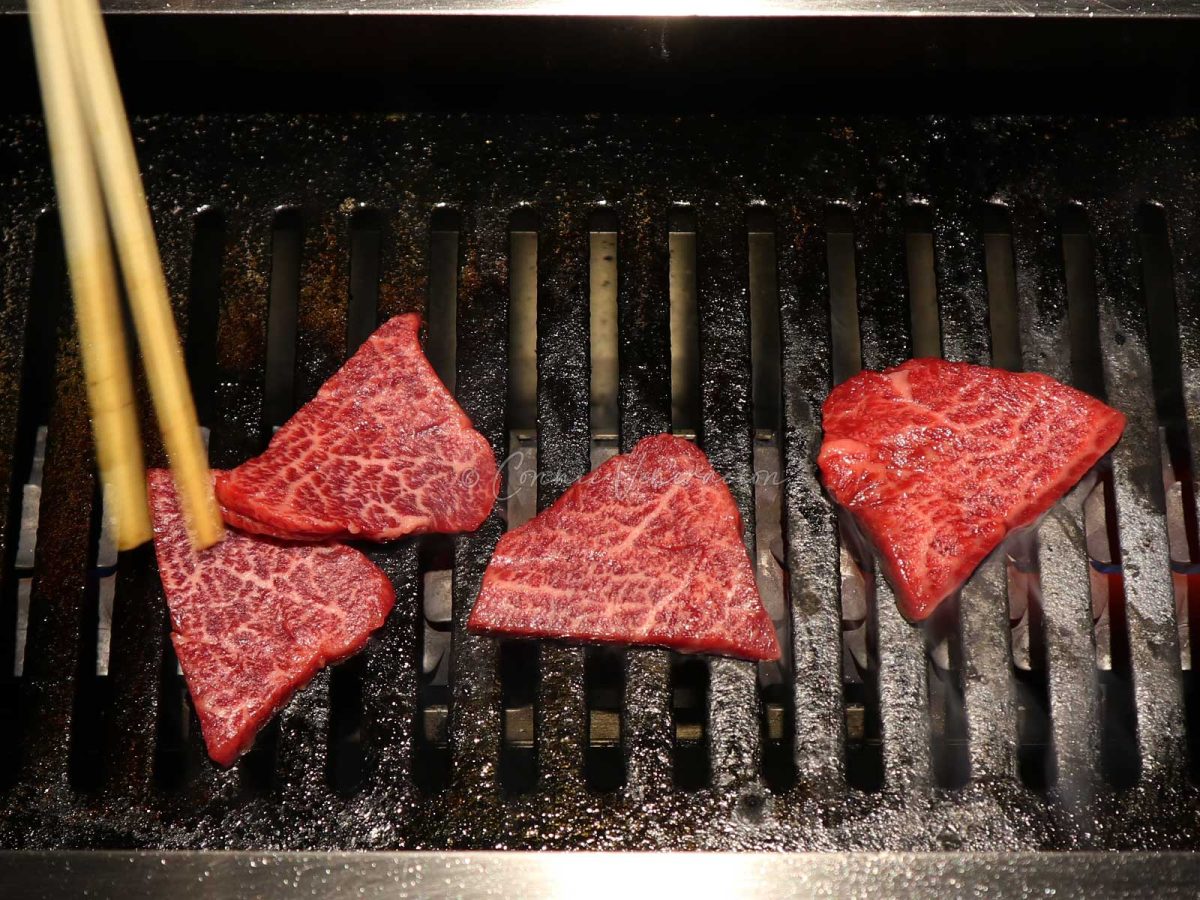
“Wa” means Japanese and “gyu” means cow. Wagyu is Japanese beef cattle — Japanese Black, Japanese Brown, Japanese Polled and Japanese Shorthorn. In usage, however, the term “wagyu” also means beef produced by these cattle. The specific names — Kobe, Matsusaka, Omi and Yonezawa — simply trace the regional origin of the wagyu.
- Kobe beef is wagyu from the Hyogo Prefecture, the capital of which is Kobe.
- Matsusaka beef comes from the Matsusaka region of the Mie Prefecture.
- Yonezawa beefis from the region of the same name in the Yamagata Prefecture.
- And then there’sOmi (also spelled Ohmi) beeffrom the Shiga prefecture, the old name of which is Omi. Omi beef is the oldest wagyu and said to befood for the samurai.
Wagyu produced outside these regions cannot be referred to as Kobe, Matsusaka, Omi and Yonezawa. They are, well… wagyu.
Do you have to go to Kobe to taste authentic Kobe wagyu? No. Kobe wagyu is sold in other parts of Japan. The same is true of Matsusaka.
Is Kobe beef really the most superior wagyu?
First, let’s set aside buzzwords. And I do I understand as well that “Kobe” is easier to pronounce and remember than Matsusaka and Yonezawa. But, to judge Japanese beef objectively, it is not the regional origin of wagyu but, rather, the grade of the meat that determines superiority.
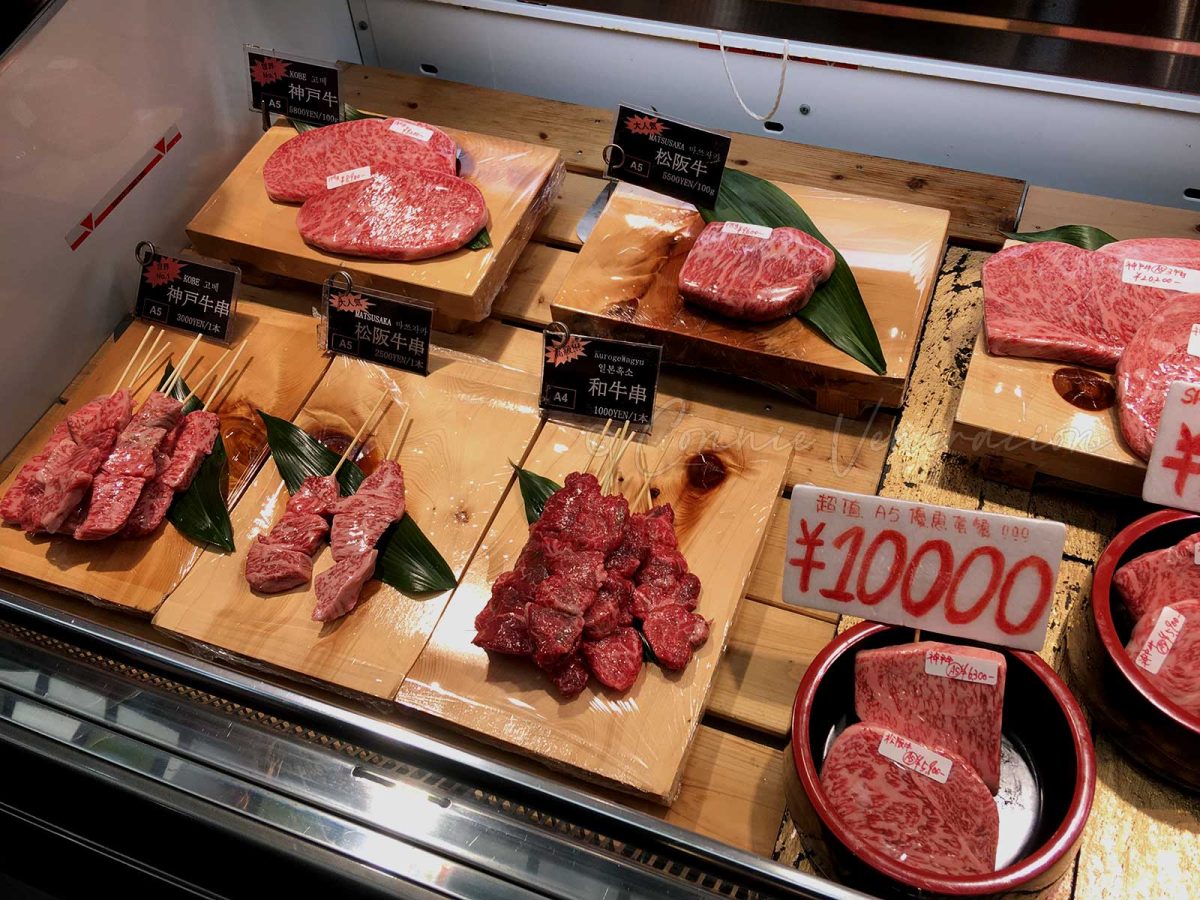
The grading is based on “marbling”, “color”, “firmness of the meat” and “color and quality of the fat”. A grade of A5 is the highest while C1 is the lowest.
I’ve tried Kobe beef and Matsusaka beef but not wagyu from Omi and Yonezawa. Between Matsusaka and Kobe wagyu, Matsusaka wins. Hands down. The best wagyu I ever had was an A5 at Kuromon Market in Osaka. It was Matsusaka wagyu, not Kobe, the same wagyu I had at an izakaya in Osaka.
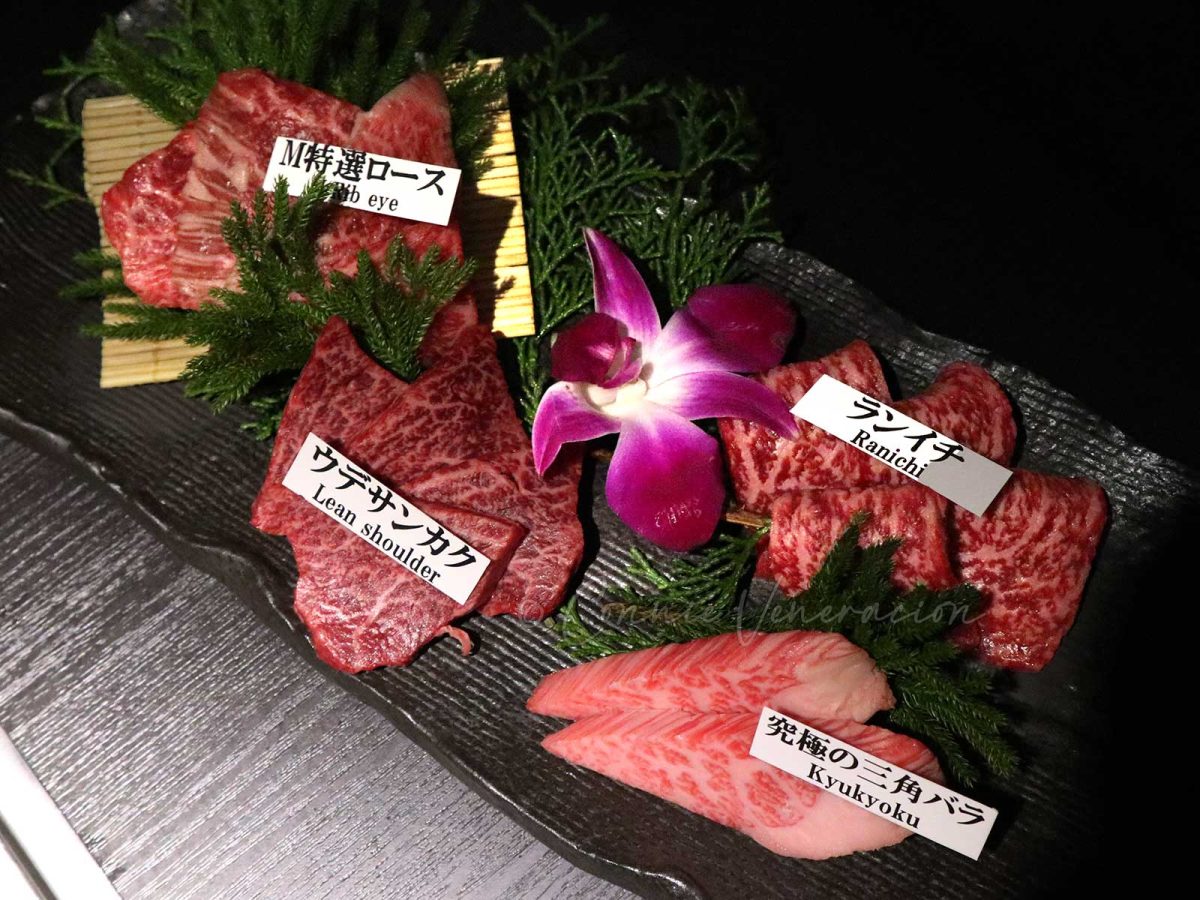
The Matsusakagyu Yakiniku M dinner was quite an experience with all the appurtenances including fruit sake but if we’re talking about beef and nothing but beef, the Matsusaka wagyu at Kuromon, with a grade of A5, was far better. We simply chose the meat, it was grilled right in front of us and we ate it, on our feet, with the fat and juices drizzling down our chin. Amen.
That might sound disappointing to Kobe beef fans who think that it is THE STANDARD. But, pay attention to this: Matsusaka cows are fed beer!
Raised between the Izumi and Miyagawa river in the suburban area of Matsusaka city, for several years all cattle is managed with the highest degree of quality and care. To ensure satisfaction to our customers, all cows are fed beer to create a healthy appetite, and given a body massage with a mixture of shochu. This particular treatment creates a smooth blood circulation throughout the body of our cows.
Source
Does an “authentic” wagyu experience require a fine dining setting?
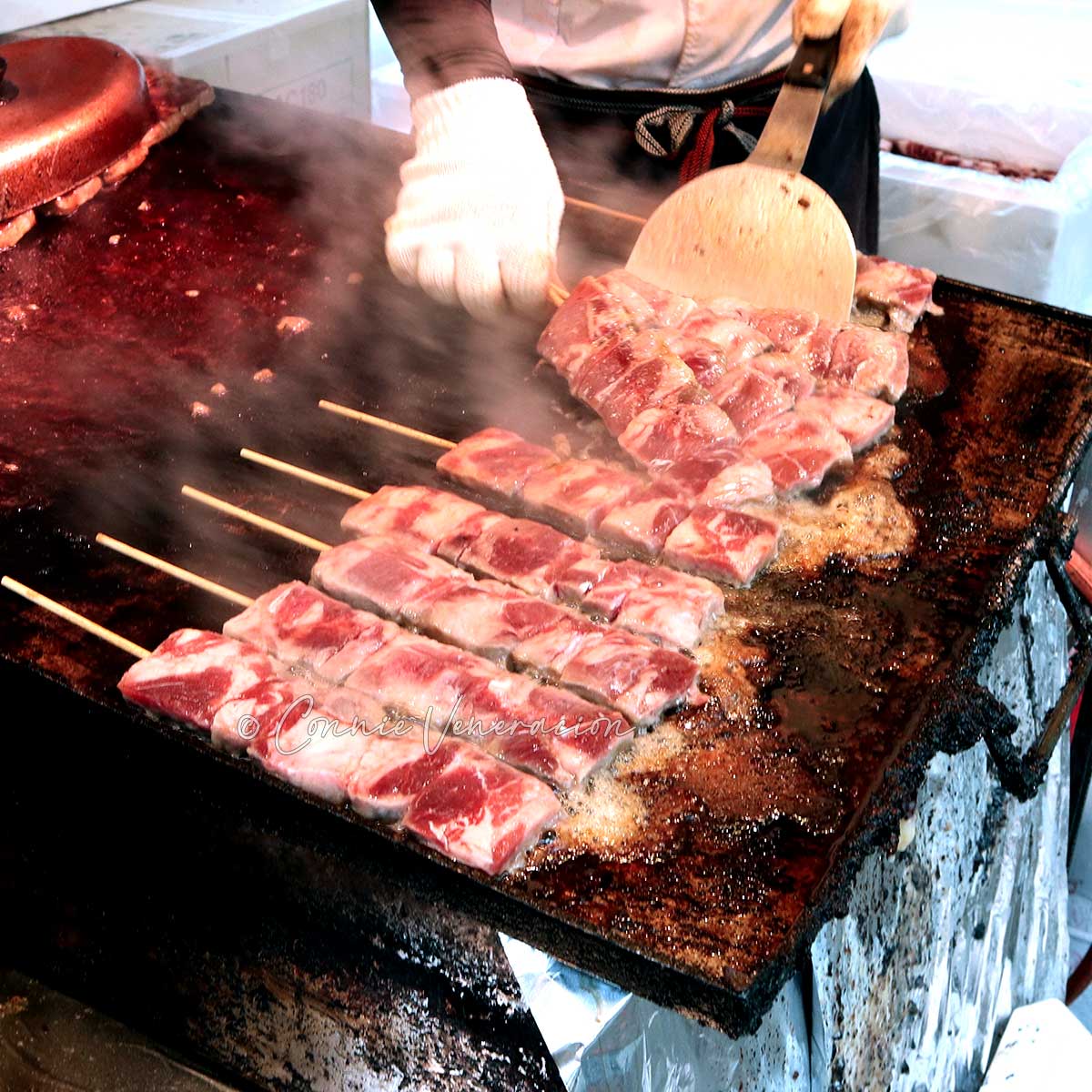
Hell, no — not in Japan anyway. Wagyu, in all regional classifications, is served in izakayas (Japanese bars with casual setting), sold as street food, in food trucks and, of course, in the market.
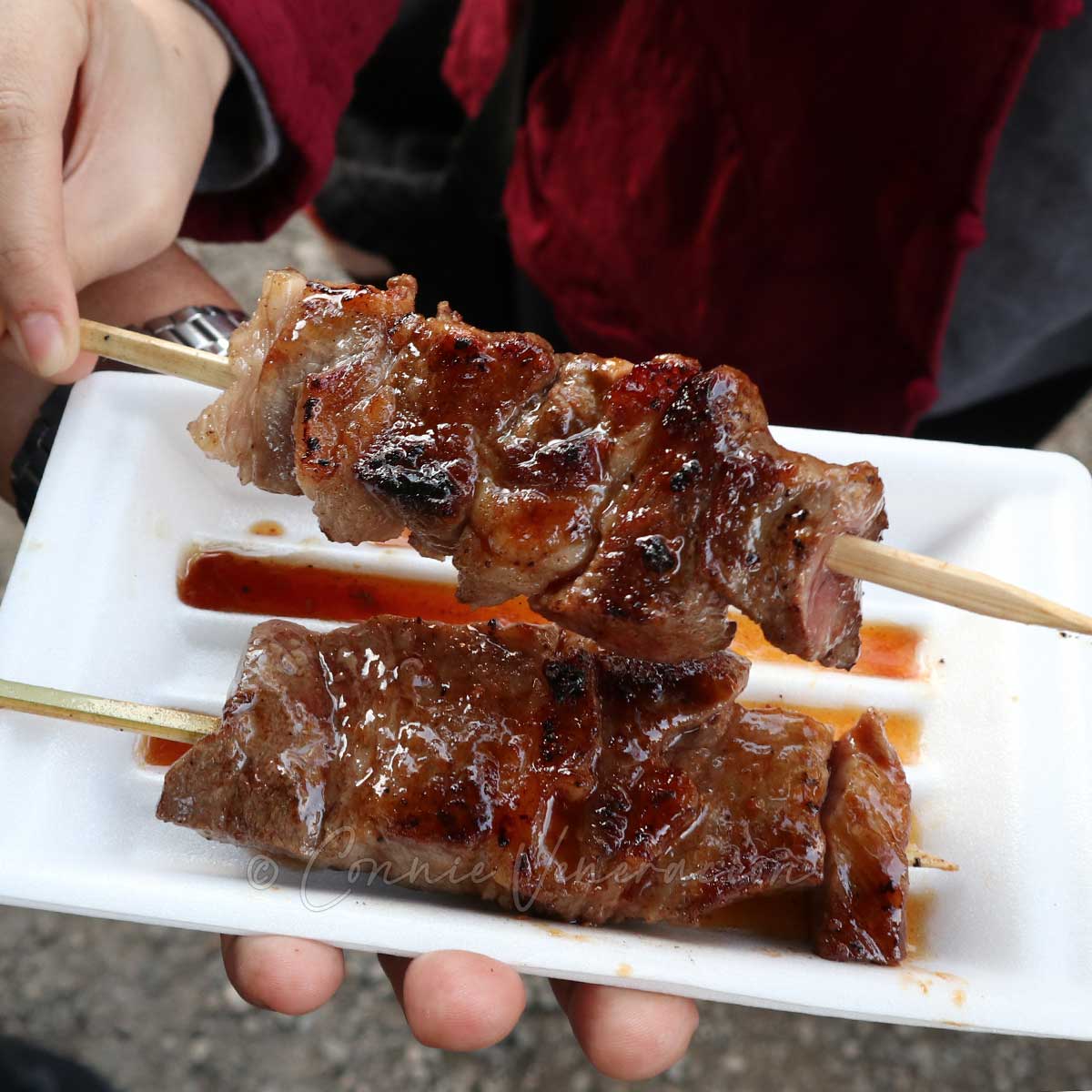
It doesn’t mean though that food truck, street food and market stall wagyu are less expensive. Whether you eat it off a skewer, from a fancy hand-painted plate or between slices of bread, wagyu is expensive, period.
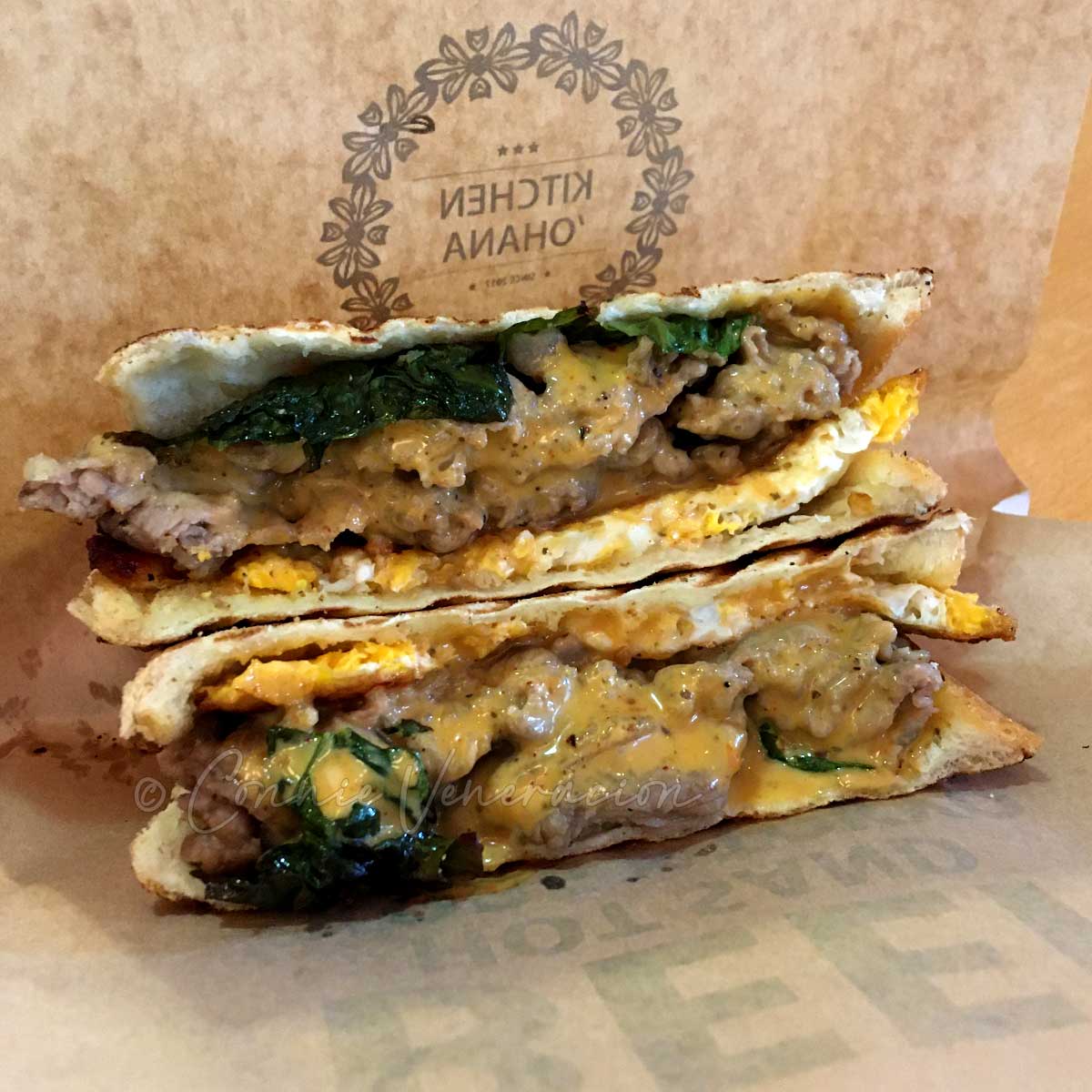
Is wagyu produced outside Japan?
Japanese cattle have been exported to other countries including the United States, Canada, the United Kingdom and Australia.
However, beef produced in countries from cattle imported from Japan, or cross-bred with cattle imported from Japan or descended from cattle imported from Japan, cannot carry regional wagyu names such as Kobe or Matsusaka. There is even a serious issue as to whether they can be called wagyu at all.
Updated from two articles originally published in November 29. 2018 and November 26, 2019

